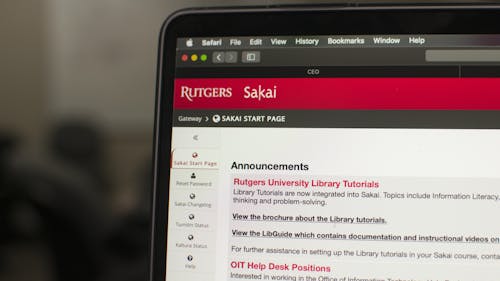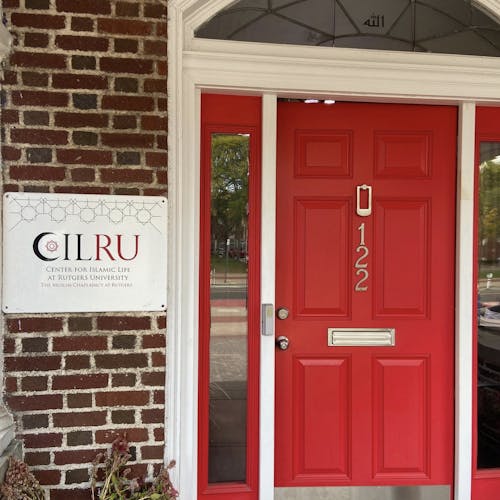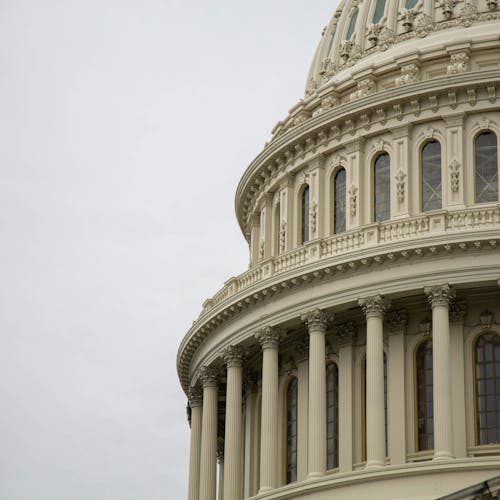Rutgers community discusses transition from Sakai to Canvas

The University has been transitioning between the Sakai learning management system (LMS) to Canvas at a fast pace, according to a University spokesperson.
“The use of Canvas increased from 26% of all courses in 2018 to 48% of all courses during the Fall 2019 semester,” the spokesperson said.
Canvas surpassed Sakai in usage for the first time since last semester, according to the LMS usage statistics on the Rutgers Canvas website. The LMS statistics list Sakai usage in the Fall 2019 semester as 33.4% and Canvas usage as 46.8%. This is the near-opposite of those from the previous spring semester, in which Canvas accounted for 27.8% and Sakai accounted for 49.3% of LMS usage.
This change is the result of various schools at Rutgers transitioning to Canvas. The LMS Transition Steering Committee, formed last year from staff, students and faculty, has been developing and testing migration processes with these schools, according to the spokesperson.
“Several academic units, including the School of Communication and Information, Rutgers Biomedical and Health Sciences and the Rutgers Law School have begun or completed their migration process,” the spokesperson said.
Steven Mayer, a School of Environmental and Biological Sciences sophomore, is one student who has seen most of his classes move from Sakai to Canvas and prefers Canvas.
“I would like for them to all go on to one and make it be more concise with my schoolwork and make sure I’m not missing any assignments,” he said. “So if they can all go to Canvas, that would be great.”
Rachel Minhee Han, a School of Engineering junior, has also seen a difference, but only in her non-engineering courses. She said that the transition is really slow.
“I feel like if we really all want to use Canvas, we need to do it all at once,” Han said.
Pranay Neelagiri, a School of Arts and Sciences senior, said that more of his classes are using Sakai than Canvas this semester.
“It’s kind of weird,” he said. “Last semester I think most of my professors used Canvas and only one used Sakai, but this semester four of my professors are using Sakai and only one is using Canvas.”
Sakai’s lingering presence is in part due to the steering committee’s direction for schools to continue using their current LMS until further notice. They will each collaborate with the Canvas project team to develop a migration plan for Canvas, according to the spokesperson.
The School of Arts and Sciences is one of the schools on standby. Dr. Andrew Goldstone, associate professor in the English Department, said that the only good thing about the transition is that he has not been told to use Canvas yet.
“I am very unhappy about it,” he said. “The decision to ‘transition’ to Canvas was made with no serious consultation with faculty. I have heard nothing but bad things about Canvas from colleagues at other institutions that use it.”
Sakai has two advantages over Canvas, according to Goldstone.
The first is its project site. This feature enables one to create and join collaborative groups for research, colloquia and other academic activities. Goldstone said that it will be extremely disruptive to research if all faculty are moved from Sakai, and that the large number of faculty that pointed this out caused the Canvas transition to get pushed back.
The second advantage is that Sakai was developed by a non-profit consortium of universities, according to Goldstone. He said that he has confidence that Sakai has been developed by people who care about the mission of the University and have had experience meeting the needs of students and faculty, but cannot say the same about Canvas.
“The University is paying Instructure, the company that makes Canvas, more than a million dollars in fees,” he said. “Ultimately that money comes out of tuition payments and funds from the state of New Jersey. And who are we paying? Unlike the non-profit foundation that develops Sakai (with Rutgers' participation) Instructure is a for-profit company. It is ultimately answerable to its shareholders, not to students, faculty or the public. Who then makes the decisions about the quality of education you students receive?”
Dr. David Hughes, professor of Anthropology and treasurer and chief negotiator of the Rutgers American Association of University Professors and American Federation of Teachers, shared Goldstone’s views. In addition, Canvas was not designed for college students and the user agreement reflected the lack of academic freedom outside the University setting.
“Canvas used to prohibit all users from posting content which was defamatory or obscene,” Hughes said. “Public pressure forced Instructure to change the user agreement, so that it now says that you shouldn't put anything obscene on a website, unless it's justifiable for pedagogical purposes.”
Hughes said that this change is good, but there is still no need to replace Sakai.
“There’s no need to spend a lot of money and to compel faculty to use another platform, especially a platform which was not actually designed for college students,” he said.
Despite the School of Arts and Sciences waiting to transition, some professors within the school have migrated on their own, including Hee-Chung Chun, assistant professor of Korean in the Department of Asian Studies. She said it was difficult to adjust at first, but she no longer minds using Canvas.
“If it's something that we have to do, then I think it's okay as long as we have the proper support regarding transition,” Chun said.
She said that the steering committee’s approach to transition is realistic.
“If everyone's doing everything at the same time, it's crazy and nobody’s getting proper support,” she said. “So I think in that sense (its) speed is quite good.”



